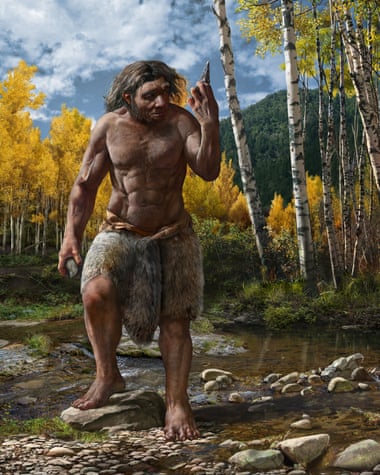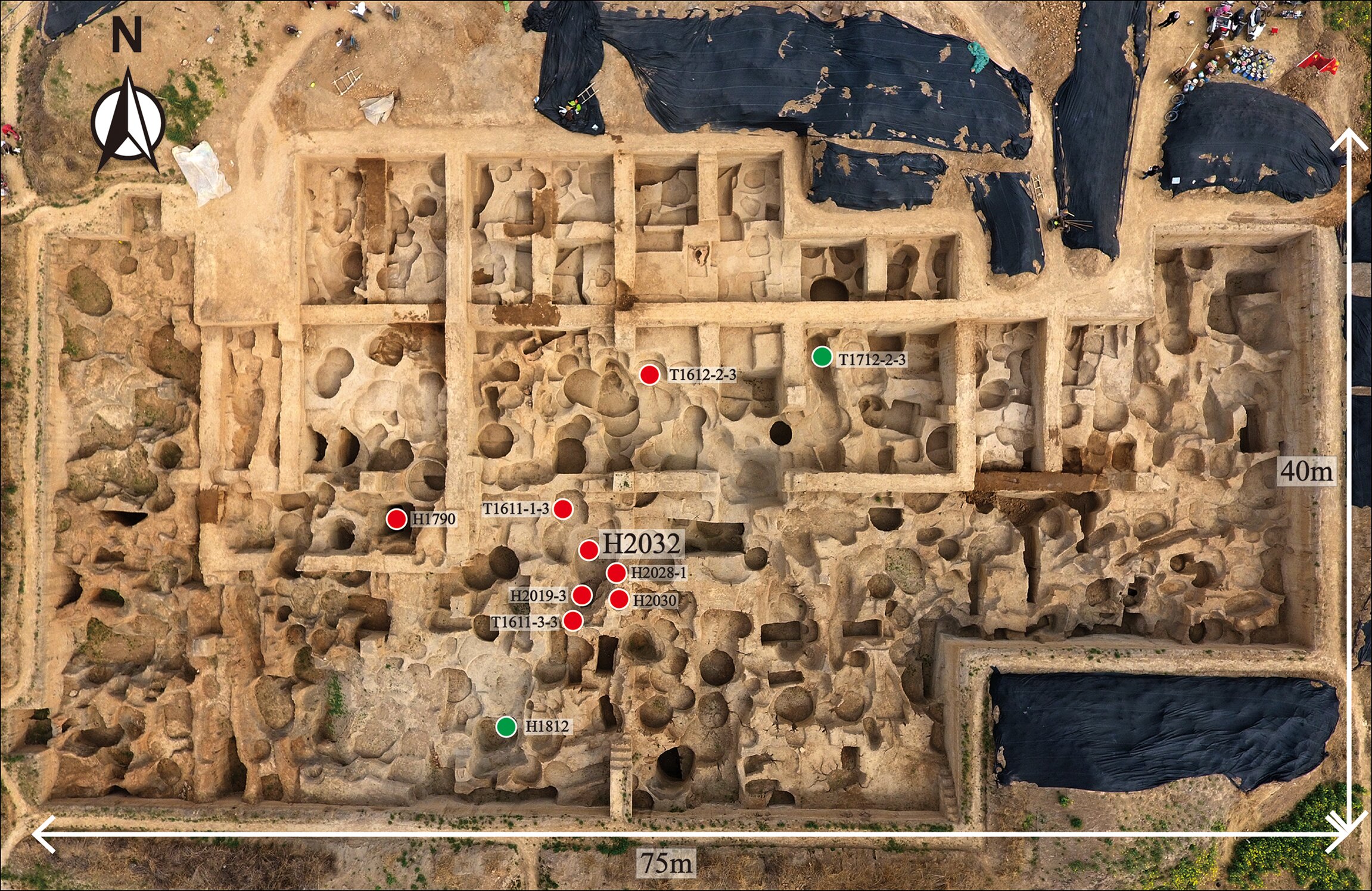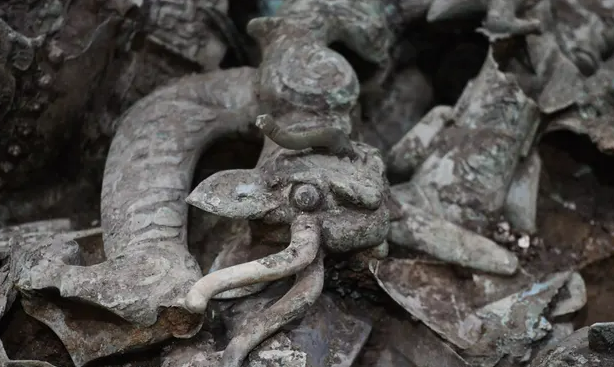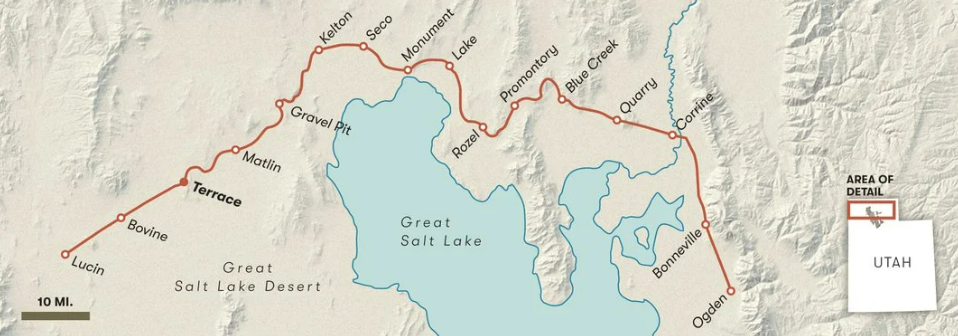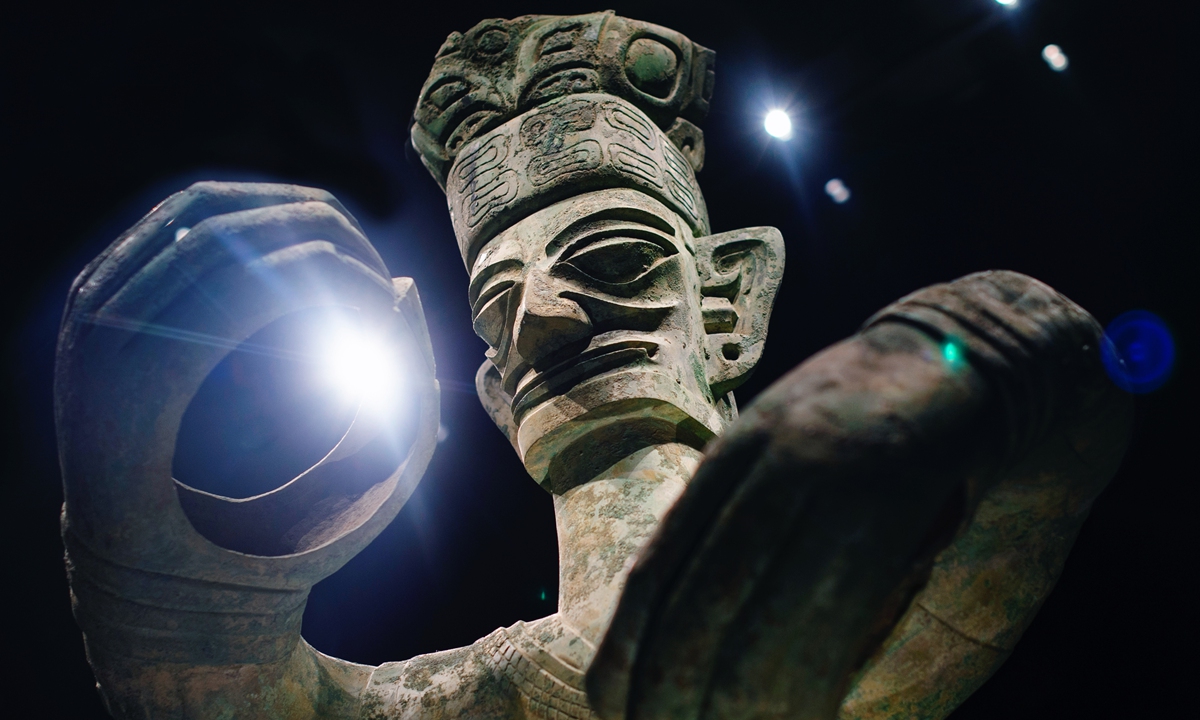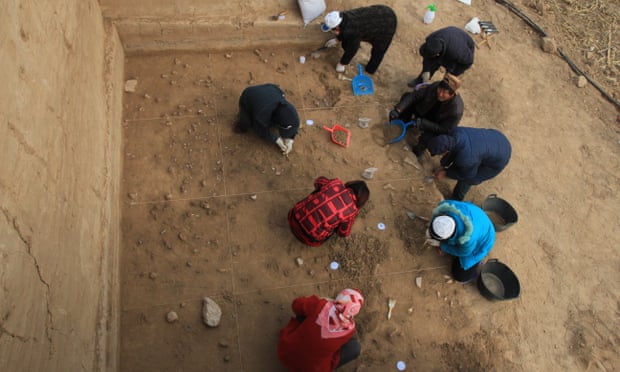‘Dragon man’ skull reveals new branch of family tree more closely related to modern humans than Neanderthals
The discovery of a huge fossilised skull that was wrapped up and hidden in a Chinese well nearly 90 years ago has forced scientists to rewrite the story of human evolution.
Analysis of the remains has revealed a new branch of the human family tree that points to a previously unknown sister group more closely related to modern humans than the Neanderthals.

